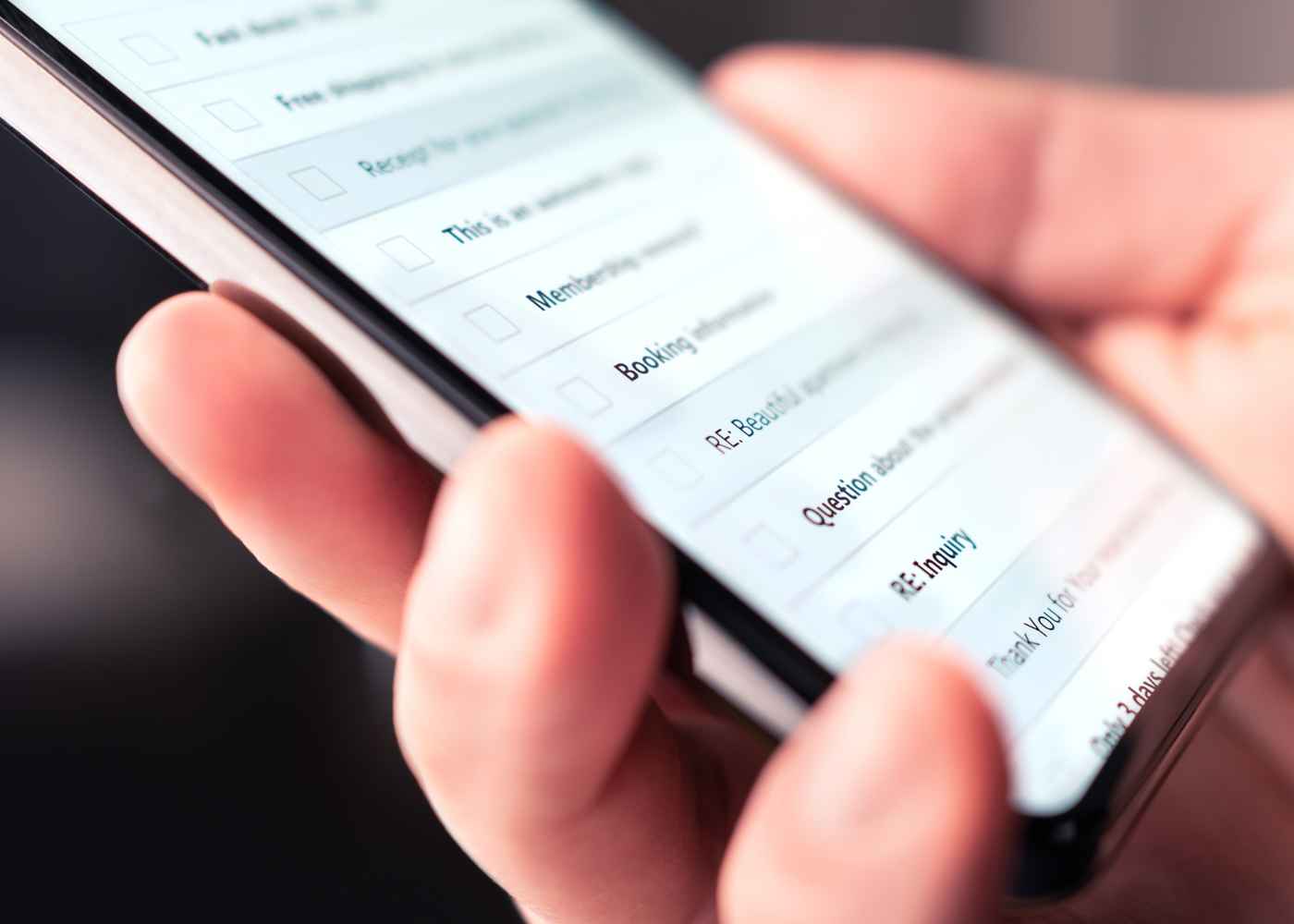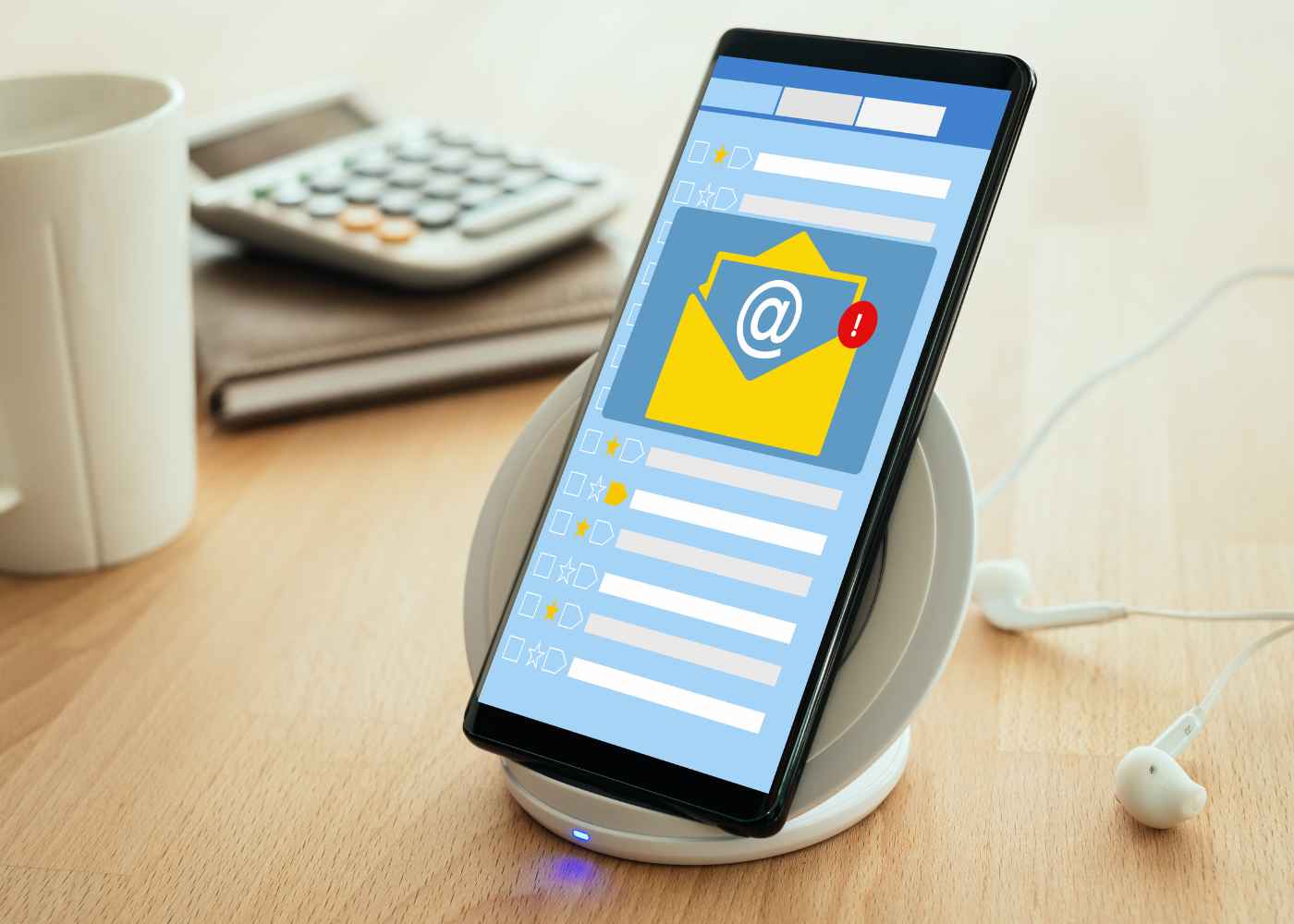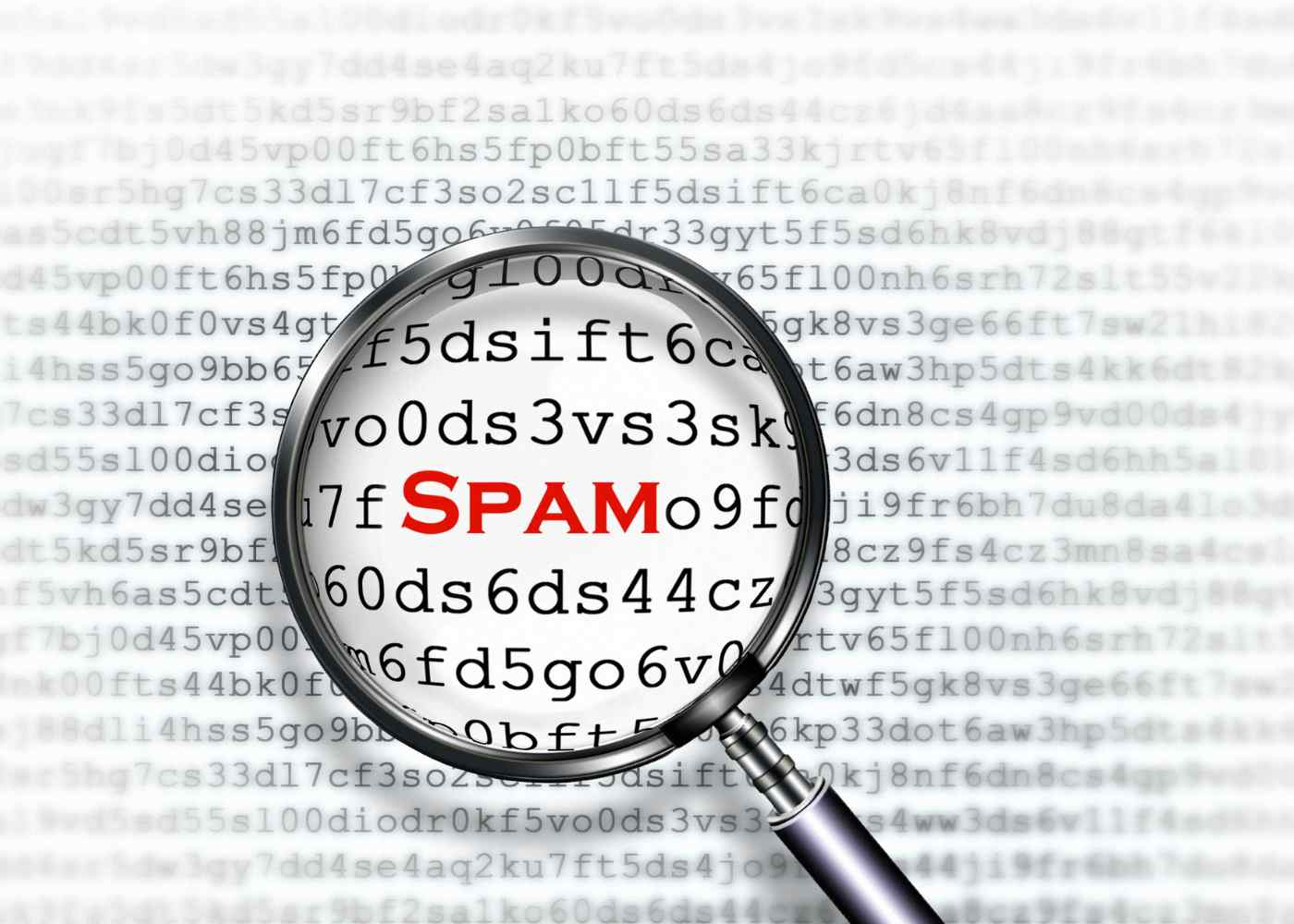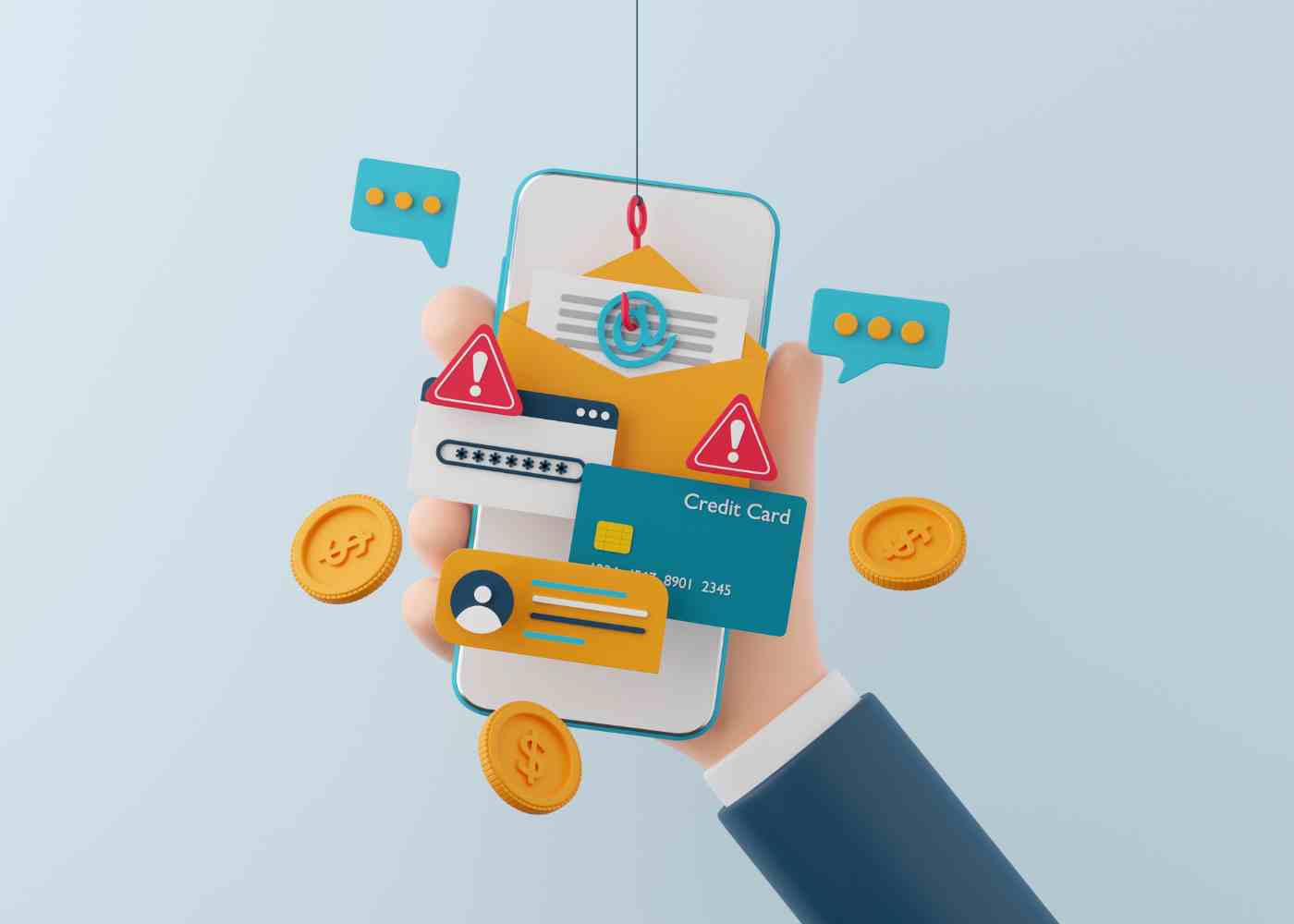User-friendly web pages are essential for improving the
overall user experience and boosting conversions in the current digital world.
This step-by-step tutorial will explain the significance of user-friendly web
pages and provide you with useful advice on how to create a visually appealing and
simple-to-navigate web page for efficient email sending. So let's get started
and build a website that not only captures the interest of your visitors but
also inspires them to act!
Understanding the Importance of User-Friendly Web Pages
User-friendly web pages play a critical role in enhancing
the overall user experience and boosting conversion rates. When designing your
web page, it is crucial to prioritize user-friendliness, especially when it
comes to allowing visitors to send emails via clickable text. By creating a
user-friendly web page, you can make the process easier for your visitors and
encourage them to take action.
Visitors are more likely to engage with your website and convert into customers if they find it easy to navigate and understand. When it comes to sending emails via clickable text, the user-friendliness of your web page can make a significant difference. A confusing or complicated design can lead to frustration and potential abandonment, while a user-friendly design can enhance engagement and encourage email submissions.

Choosing the Right Platform for Sending Emails via Clickable Text
Before designing your web page, it's important to choose the
right platform for sending emails via clickable text. This decision will
greatly impact the functionality and user experience of your email-sending
feature. Consider the following factors when deciding on a platform:
1. Ease of use:
Look for a platform that is intuitive and user-friendly.
This will make it easier for both you and your visitors to navigate and utilize
the email-sending feature.
2. Integration with existing email marketing tools:
If you already have an email marketing system in place,
consider a platform that integrates seamlessly with it. This will allow for
better coordination and management of your email campaigns.
3. Handling volume:
Assess the platform's capacity to handle the volume of
emails you expect to send. Some platforms offer scalability options that can
accommodate your growing needs.
Take your time to research and compare different platform options. This will ensure that you make an informed decision and choose a platform that aligns with your specific requirements for sending emails via clickable text.

Designing an Eye-Catching and Easy-to-Navigate Web Page
When designing a web page for sending emails via clickable
text, it's essential to create an eye-catching and easy-to-navigate layout.
This will help grab visitors' attention and guide them towards the email-sending feature. Here are some key elements to consider:
Clear and Visually Appealing Design:
Use a visually appealing color scheme and font combination
that matches your brand. Make sure the text is easy to read and stands out
against the background. Consider using high-quality images and graphics that
enhance the overall aesthetics of the web page.
Intuitive Navigation Menus:
A user-friendly navigation menu is crucial for helping
visitors find the email-sending feature easily. Use clear and descriptive
labels for menu items, and consider using dropdown menus or hamburger menus for
a streamlined experience. Ensure that the navigation is consistent across all
pages on your website.
Concise Instructions:
Provide clear and easy-to-follow instructions on how to send
an email via clickable text. Use concise language and break down the steps into
bullet points or numbered lists. Consider using brief tooltips or hover-over
explanations for any complex features or options.
Whitespace and Layout:
Make good use of whitespace to create a clean and organized
layout. Avoid cluttering the web page with too much text or unnecessary
elements. Use appropriate margins and padding to give the content some
breathing space and make it easier to read and interact with.
Responsive Design:
Ensure that your web page is responsive and adapts well to
various screen sizes, including mobile devices. Use responsive design
techniques such as media queries and flexible layouts to provide an optimal
viewing and navigating experience for all users.
By implementing these design considerations, you can create a user-friendly web page that not only captures attention but also guides visitors towards the email-sending feature with ease.

Creating a Clear and Concise Call-to-Action for Email Sending
When it comes to encouraging visitors to send emails via
clickable text on your web page, a clear and concise call-to-action can make
all the difference. Here are some tips to help you create an effective
call-to-action:
1. Use compelling language
Words matter. Use persuasive and action-oriented language
that motivates visitors to take action. For example, instead of using a generic
button that says "Submit," consider using a more enticing phrase like
"Send Email Now!"
2. Design elements
Consider using visually appealing design elements to draw
attention to your call-to-action. This could be a brightly colored button, an
eye-catching icon, or a hyperlink styled differently from the rest of the text.
The key is to make it stand out.
3. Placement and visibility
Put your call-to-action in a prominent position on your web
page where visitors can easily find it. Avoid burying it in the middle of
paragraphs or hiding it at the bottom of the page. Consider placing it above
the fold, where it is immediately visible without scrolling.
4. Keep it concise
Avoid overwhelming your visitors with lengthy instructions
or explanations. Keep your call-to-action short and to the point. Use clear and
concise phrases that convey exactly what you want visitors to do.
5. Consider urgency or exclusivity
Creating a sense of urgency or exclusivity can motivate
visitors to take immediate action. For example, you could use phrases like
"Limited-time offer" or "Exclusive access" to make your
call-to-action more enticing.
By following these tips and experimenting with different approaches, you can create a clear and concise call-to-action that compels visitors to send emails via clickable text on your web page.

Optimizing Web Page Loading Speed for Efficient Email Sending
When it comes to sending emails via clickable text on your
web page, optimizing your web page's loading speed is crucial for providing a
smooth and efficient user experience. Here are some strategies to consider:
1. Reduce File Sizes
One of the main factors that contribute to slow loading
speeds is large file sizes. Compress and optimize your HTML, CSS, and
JavaScript files to reduce their sizes. You can use tools like Gzip to compress
these files for faster delivery.
2. Optimize Images
Images can significantly impact your web page loading speed.
Compress and optimize your images without compromising their quality. Use image
formats like JPEG or WebP and employ lazy loading techniques to ensure that
images are only loaded when they come into view.
3. Minimize HTTP Requests
Each HTTP request made by your web page slows down the
loading speed. Minimize the number of requests by combining files like CSS and
JavaScript into a single file. Use CSS sprites to combine multiple images into
one, reducing the number of image requests.
4. Cache Resources
Implement browser caching to store resources like CSS files,
JavaScript files, and images locally on the user's device. This way, when
visitors navigate to other pages on your website, these resources can be loaded
from the cache instead of making new requests to the server.
5. Use Content Delivery Networks (CDNs)
A CDN serves your web page's static content, such as images,
CSS, and JavaScript, from servers located closest to the user. This reduces the
distance the content needs to travel, resulting in faster loading times.
Consider using a reliable CDN to improve the loading speed of your web page.
6. Optimize Server Response Time
The time it takes for your server to respond to user
requests affects the overall loading speed. Ensure that your server is properly
configured and optimized to handle the volume of requests you expect. Consider
using caching mechanisms and load balancing to distribute the load efficiently.
By implementing these optimization strategies, you can significantly improve the loading speed of your web page, making the process of sending emails via clickable text more efficient for your users.

Testing and Tweaking Your Web Page for Maximum User-Friendliness
After designing your web page, it's important to
continuously test and tweak it to ensure maximum user-friendliness. Here are
some tips to help you optimize your web page:
1. Conduct User Testing
Invite a target audience to test your web page and provide feedback.
Monitor their interactions, observe any difficulties they encounter, and listen
to their suggestions for improvement.
2. Perform A/B Testing
Experiment with different design elements and variations of
your web page to see which version performs better. Test factors such as
layout, color schemes, placement of call-to-action buttons, and email-sending
feature positioning.
3. Gather User Behavior Data
Use analytics tools to collect data on how users interact
with your web page. Pay attention to metrics such as click-through rates,
bounce rates, and conversion rates. Analyzing this data will help you make
informed decisions on enhancing user-friendliness.
4. Solicit Feedback through Surveys
Create surveys or feedback forms to gather insights from
visitors. Ask questions about their experience navigating the web page and
sending emails. Their opinions can provide valuable insights for improvements.
5. Monitor Performance Metrics
Regularly review performance metrics such as page load times
and server response times. Identify any bottlenecks or issues that may impact
user-friendliness and seek solutions to optimize performance.
6. Stay Updated with Web Design Best Practices
Keep yourself updated with the latest web design trends and
best practices. Follow industry blogs, attend web design conferences, and
engage in online communities to stay informed about new techniques and
strategies for ensuring optimal user-friendliness.
Remember, user-friendliness is an ongoing process. Continuously test, tweak, and iterate your web page to create the best possible experience for your visitors.

Implementing Email Sending via Clickable Text on Your Web Page
To implement email sending via clickable text on your web
page, you need to integrate with an email service provider or SMTP server. This
allows your web page to communicate with the email server and send emails
seamlessly. Here are the steps to follow:
Choose an email service provider or SMTP server that meets
your needs and preferences. Consider factors such as the provider's reputation,
deliverability rates, pricing, and available features.
Sign up for an account with the chosen email service
provider or set up your own SMTP server if you have the technical expertise.
Access the configuration settings for your chosen email
service provider or SMTP server. These settings typically include the SMTP
host, port number, username, password, and optionally SSL/TLS encryption
settings.
In your web page's code, create a form or a clickable
element that triggers the email-sending process when clicked. This can be a
button, a hyperlink, or a JavaScript function with an event listener.
Set up the necessary code to handle the email-sending
process. This code will typically involve establishing a connection with the
email server using the provided configuration settings, specifying the sender's
email address and the recipient's email address, determining the email subject
and body content, and executing the sending process.
Test the email-sending functionality on your web page to
ensure it works as intended. Send test emails to different email addresses and
check if they are delivered successfully.
Monitor the email-sending process and track any errors or
failures. Implement error handling mechanisms to handle exceptions and provide
error messages to the user if necessary.
It's important to note that the implementation process may
vary depending on the specific email service provider or SMTP server you
choose. Consult their documentation or seek guidance from a developer if you
encounter any difficulties during the integration process.
Conclusion
Creating a user-friendly web page for sending emails via
clickable text is crucial for enhancing the user experience and increasing
conversions. By choosing the right platform, designing an eye-catching and
easy-to-navigate web page, creating a clear call-to-action, optimizing loading
speed, and regularly testing and tweaking, you can ensure maximum
user-friendliness. Implementing email sending via clickable text requires
proper integration with an email service provider or SMTP server. Follow these
steps, and you'll be on your way to creating a user-friendly web page that
encourages visitors to send emails with ease.
If you wish to contribute to our blog, please email us on morhadotsan@gmail.com.























